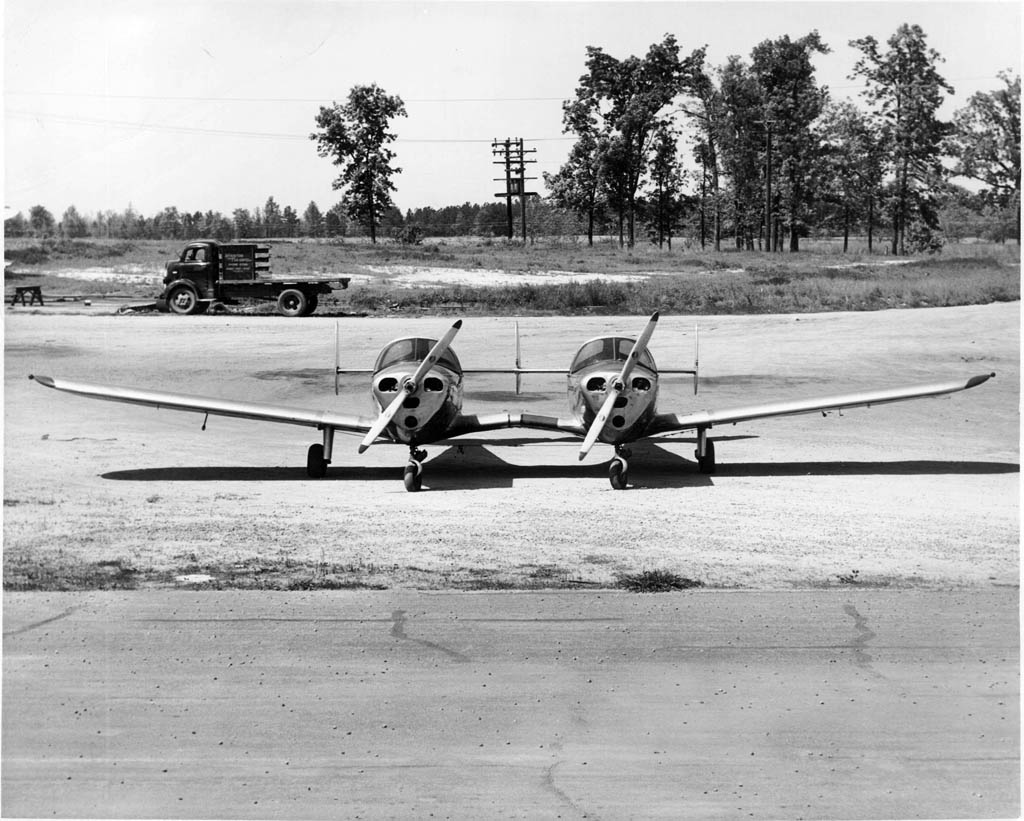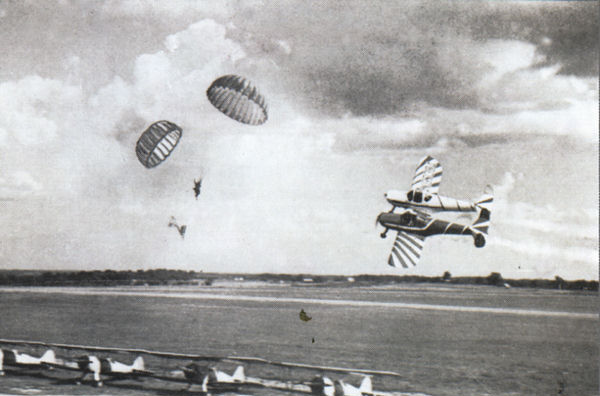Tim A Dodson
Filing Flight Plan
- Joined
- Jan 30, 2023
- Messages
- 1
- Display Name
Display name:
Tim
So a week ago I was coming home solo from a weekend trip to visit some family. VFR all the way but there were some clouds at home so I was checking weather all the way. As a fairly new instrument rated pilot I was briefing for my home field and a couple nearby airports that were reporting better weather. 50nm out and home field was reporting overcast 4,000 and a 1,000 scattered so I made the go decision and requested a pop up IFR into my home airport. This was my third actual approach...... as I made a turn to join the approach I reached the top of the overcast layer and transitioned my eyes to my instruments. As I entered the clouds I heard it and could see water droplets hitting the windscreen. Looking back that was a distraction and led to me scaring myself. Within a few seconds I could hear a change and that brought me back to a hard focus on the instruments. I was in a right bank and my 500fpm decent was now 1,500fpm. Now I know what spatial disorientation feels like because my body told me I was fine, but I defiantly was not. I could hear my instructor(s) telling me to trust my instruments and I did but my arms were fighting me the whole way. I got straight and level almost immediately, but took everything I had to make the correction back to the left to get back on course. As soon as I was stabilized again I popped out of the overcast and took a deep breath. We don't have a lot of weather here but I will be grabbing an instructor and hunting down some actual conditions to help me regain a bit of confidence. Thanks for letting me vent.



